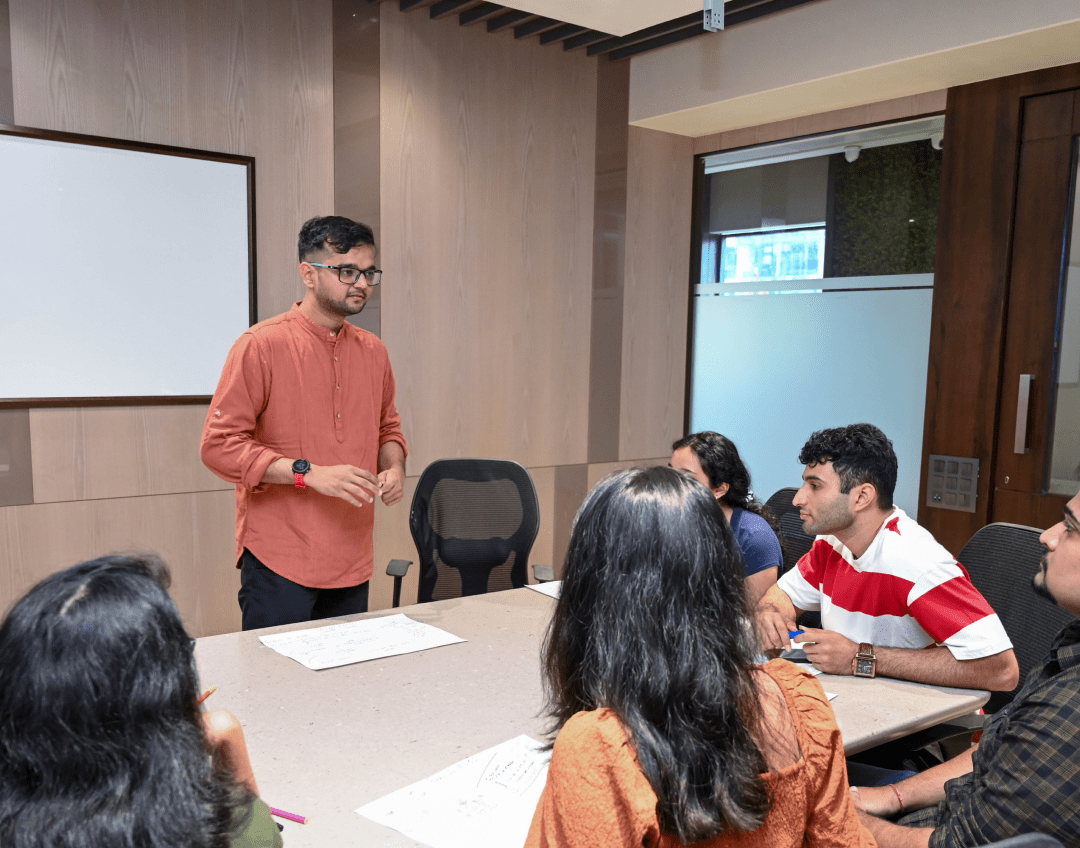
Pitfalls to avoid for Founders building digital products.
Every now and then we come across products that inspire us to something of our own. In the early 2010s, it was Twitter and Facebook which was followed by products like Airbnb, Uber etc in the latter end of the decade.
The success story of these products inspires most of the early-stage founders to start looking to make features that would make their products better than the others. This can lead to many times building a product that may be perfect from a features perspective but may lack the empathy it requires to fulfil the needs of their target users.
Based on our work in the past year at Phionike, we have developed and launched 5 products with different founders who aimed to solve problems across various domains. While solving their problems we realized the common set of mistakes that can happen in shaping a product. I will share some which I feel can help save precious time in product development lifecycle for Founders.
1. Don’t be too attached to your Idea.
Ideas are great as they help us shape the vision we carry for the work we do. At times, attachment and inflexibility around these ideas can cause founders to not get the best out of their design or tech teams. This happens because when a product starts building around an idea, it gains context. A context needs analysis, research, and validation.
After the execution of these processes, the product design or development team might not display what founders had in their mind. Situations like these should be assessed from a zoomed out perspective of whether the product at hand is solving the problem and meeting user goals they set out to do. If the answer for you is No, then don’t be afraid to dump the existing work and start over again.
2. Have a Product Vision
While building a product, it is easy to get lost in daily dogma. When there are investors and decisions makers involved, it is easy to lose the sight of the Product. A well-defined vision can help not just a Founder, but all the stakeholders involved, to have a common alignment of present and future.
3. If it doesn’t solve a problem now, it is broken.
Basic of any product is to solve an existing problem. This can be like walking on the thing ice. While your product can have perfect functionalities and be bug-free, it may still not be adopted by masses. Many times this happens because founders try to imagine a problem or create one on their platforms and then try to solve the same.
This makes it essential to know your users and their needs very well. Going for a UX Research process can help founders to identify and/or validate their problem space very early and quickly.
4. Have Belief, it is ok to Fail.-
It is possible to encounter a scenario where you follow a good process and you still won’t find the desired result. This can happen because of multiple reasons which may not be visible in that moment. But a careful evaluation of all the departments of your startup will help to see metrics where the product can improve. Also, at all point, it is good to have someone on board who can be a mentor to you. However, pick a mentor who has already some business background, as they will help you identify the problem metrics in a detailed way.
5. Delaying the launch of the product.
A very common pitfall that exists in the startup world is launching a product only when everything is perfect. Problem with this thinking is, the term perfect is very subjective. Also, truth is, one can never be ready enough their first few iterations in the market. However, holding your cards to your chest only makes you vulnerable to making a product that no one wants to use.
It is possible to have an imposter syndrome before launching of the product and this keeps many founders from launching their product. I would recommend to back yourself, have faith in yourself to start with, in your vision and your teams work. Provided you do things in an ethical way, the worst thing that can happen your product won’t be used. But it is possible to change that too, with proper analysis.
Closing Note:
There is no one size fits all solution to making a product. What remains a constant in all product design and development life cycles require a lot of patience to stay in the game.

Pitfalls to avoid for Founders building digital products.
Every now and then we come across products that inspire us to something of our own. In the early 2010s, it was Twitter and Facebook which was followed by products like Airbnb, Uber etc in the latter end of the decade.
The success story of these products inspires most of the early-stage founders to start looking to make features that would make their products better than the others. This can lead to many times building a product that may be perfect from a features perspective but may lack the empathy it requires to fulfil the needs of their target users.
Based on our work in the past year at Phionike, we have developed and launched 5 products with different founders who aimed to solve problems across various domains. While solving their problems we realized the common set of mistakes that can happen in shaping a product. I will share some which I feel can help save precious time in product development lifecycle for Founders.
1. Don’t be too attached to your Idea.
Ideas are great as they help us shape the vision we carry for the work we do. At times, attachment and inflexibility around these ideas can cause founders to not get the best out of their design or tech teams. This happens because when a product starts building around an idea, it gains context. A context needs analysis, research, and validation.
After the execution of these processes, the product design or development team might not display what founders had in their mind. Situations like these should be assessed from a zoomed out perspective of whether the product at hand is solving the problem and meeting user goals they set out to do. If the answer for you is No, then don’t be afraid to dump the existing work and start over again.
2. Have a Product Vision
While building a product, it is easy to get lost in daily dogma. When there are investors and decisions makers involved, it is easy to lose the sight of the Product. A well-defined vision can help not just a Founder, but all the stakeholders involved, to have a common alignment of present and future.
3. If it doesn’t solve a problem now, it is broken.
Basic of any product is to solve an existing problem. This can be like walking on the thing ice. While your product can have perfect functionalities and be bug-free, it may still not be adopted by masses. Many times this happens because founders try to imagine a problem or create one on their platforms and then try to solve the same.
This makes it essential to know your users and their needs very well. Going for a UX Research process can help founders to identify and/or validate their problem space very early and quickly.
4. Have Belief, it is ok to Fail.-
It is possible to encounter a scenario where you follow a good process and you still won’t find the desired result. This can happen because of multiple reasons which may not be visible in that moment. But a careful evaluation of all the departments of your startup will help to see metrics where the product can improve. Also, at all point, it is good to have someone on board who can be a mentor to you. However, pick a mentor who has already some business background, as they will help you identify the problem metrics in a detailed way.
5. Delaying the launch of the product.
A very common pitfall that exists in the startup world is launching a product only when everything is perfect. Problem with this thinking is, the term perfect is very subjective. Also, truth is, one can never be ready enough their first few iterations in the market. However, holding your cards to your chest only makes you vulnerable to making a product that no one wants to use.
It is possible to have an imposter syndrome before launching of the product and this keeps many founders from launching their product. I would recommend to back yourself, have faith in yourself to start with, in your vision and your teams work. Provided you do things in an ethical way, the worst thing that can happen your product won’t be used. But it is possible to change that too, with proper analysis.
Closing Note:
There is no one size fits all solution to making a product. What remains a constant in all product design and development life cycles require a lot of patience to stay in the game.
February 15, 2023 | 3 min read
January 29, 2022 | 3 min read
March 15, 2022 | 3 min read


